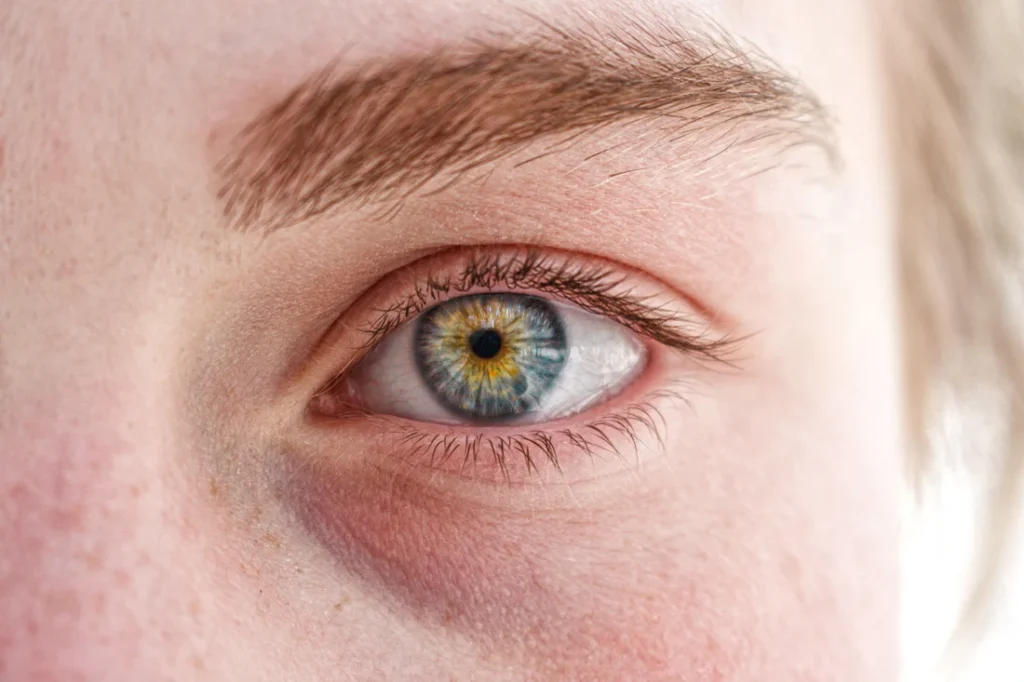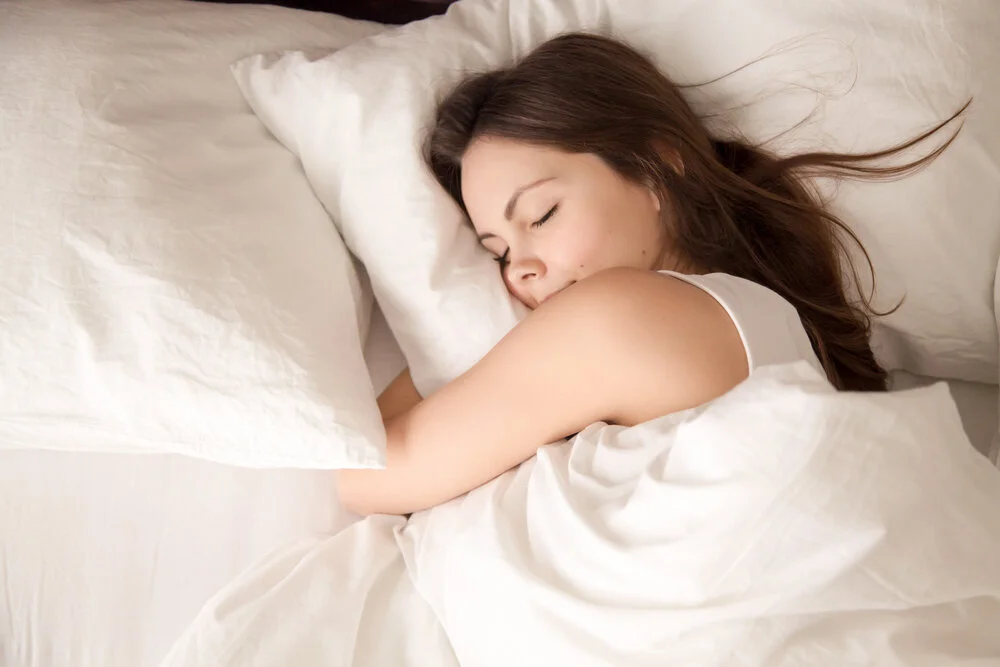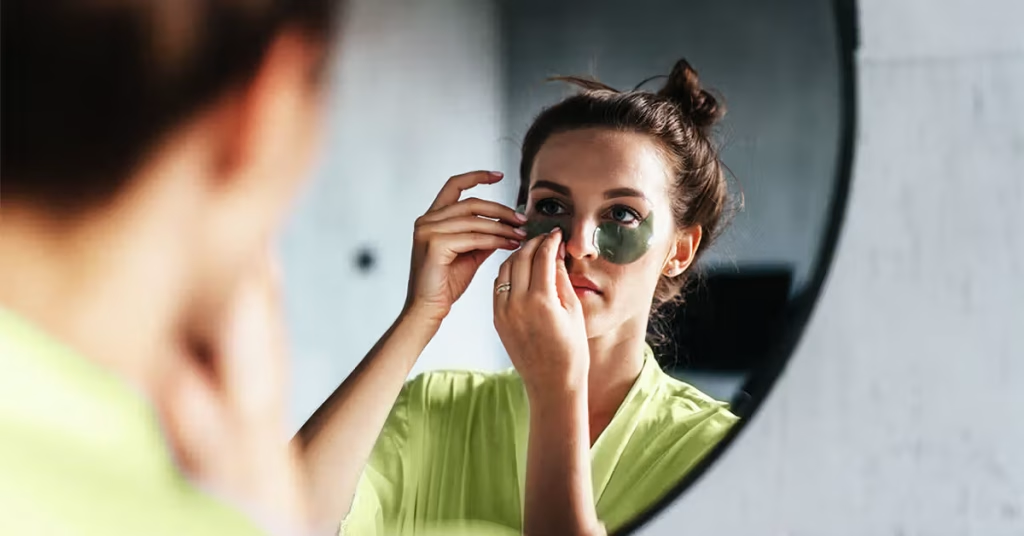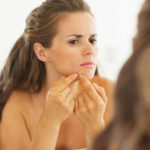
At some point, we have all looked in the mirror and noticed those shadowy half-moons beneath our eyes. They tend to make us look tired, older, and sometimes even unhealthy, no matter how well we feel inside. Dark circles under eyes are one of the most common cosmetic concerns across all age groups and skin types. While they are rarely a sign of a serious medical issue, they can be frustrating and often hard to eliminate completely.
The truth is that dark circles are not caused by one single factor. They result from a combination of genetics, lifestyle, and skin changes over time. Understanding why they occur is the first step toward effective prevention and treatment.
Why do dark circles under eyes occur?
The skin under your eyes is the thinnest on your body, which makes it more transparent and delicate. Any changes in blood vessels, pigmentation, or fat distribution in this area can become easily visible. Several reasons contribute to the appearance of dark circles, and sometimes more than one factor may be at play.
Genetic factors
For some people, dark circles are hereditary. If your parents or grandparents have them, you might be more prone to developing them too. Genetics can determine the natural thinness of your under-eye skin, your skin tone, and your tendency to develop hyperpigmentation or visible blood vessels.
Sleep deprivation
Lack of sleep is one of the most widely recognized causes of dark circles, and for good reason. When you do not get enough rest, your skin becomes pale and dull, making the blood vessels beneath the eyes appear more noticeable. Additionally, poor sleep can cause fluid retention, leading to puffiness that casts shadows and worsens the appearance of darkness.
Aging
As we age, collagen production decreases and the skin becomes thinner. The loss of fat and elasticity around the eyes causes hollowing, making the area look darker. This is why dark circles often become more prominent with age, even in people who never had them before.
Allergies and nasal congestion
Allergies can cause itching, rubbing, and inflammation, which may lead to dark circles. When your nasal passages are congested, veins that drain from your eyes into your nose can become dilated, leading to a bluish or purplish hue under the eyes.
Hyperpigmentation
In some cases, dark circles are caused by excess melanin production, especially in people with darker skin tones. This type of pigmentation, known as periorbital hyperpigmentation, is more common in South Asian, Middle Eastern, and Mediterranean populations.
Lifestyle habits
Poor diet, dehydration, smoking, and excessive alcohol consumption can all contribute to the formation of dark circles. These factors affect blood circulation, hydration levels, and overall skin health, making the under-eye area appear tired and dull.
Eye strain and screen time
Spending long hours staring at screens can strain the muscles around your eyes and lead to enlargement of blood vessels. This makes the skin around your eyes look darker.
Sun exposure
Excessive sun exposure can increase melanin production and worsen pigmentation around the eyes. Since the under-eye skin is sensitive, it is especially vulnerable to UV-induced damage.
How to prevent dark circles under eyes

The best way to deal with dark circles is to prevent them before they appear or worsen. Prevention involves taking care of your sleep, diet, skin, and environment consistently rather than relying on quick fixes.
Prioritize quality sleep
Aim for seven to eight hours of uninterrupted sleep every night. Try maintaining a regular sleep schedule and keep your head slightly elevated with an extra pillow to reduce fluid buildup around the eyes. Good sleep allows your skin to regenerate, keeping the under-eye area fresh and bright.
Stay hydrated
Dehydration makes the skin under your eyes appear dull and sunken. Drink sufficient water throughout the day and include hydrating foods like cucumbers, oranges, and watermelons in your diet.
Protect your skin from the sun
Always apply sunscreen, even around your eyes. Look for a broad-spectrum sunscreen with at least SPF 30 and wear sunglasses when outdoors. Sun damage accelerates pigmentation and collagen loss, both of which worsen dark circles.
Manage allergies and sinus issues
If you have allergies, treat them promptly to avoid constant rubbing and irritation of your eyes. Using antihistamines or saline sprays can help relieve nasal congestion and minimize inflammation.
Limit screen time and give your eyes rest
Follow the 20-20-20 rule if you spend long hours in front of screens. Every 20 minutes, look at something 20 feet away for at least 20 seconds. This reduces strain and prevents the darkening of the under-eye area caused by prolonged screen exposure.
Eat a nutrient-rich diet
Your diet has a direct impact on how your skin looks. Include foods rich in iron, vitamin C, vitamin K, and antioxidants. Iron deficiency can worsen the appearance of dark circles, while vitamin C and K strengthen capillaries and brighten the skin. Green leafy vegetables, citrus fruits, nuts, and seeds should be part of your daily meals.
Avoid smoking and limit alcohol
Smoking reduces oxygen supply to the skin and breaks down collagen, making the under-eye area look darker. Alcohol dehydrates the skin and causes puffiness. Cutting down on both can dramatically improve your skin’s overall appearance.
How to treat dark circles under eyes

Even with preventive care, dark circles can appear due to factors beyond your control such as genetics or aging. The good news is that there are effective ways to minimize their appearance and improve the health of your under-eye skin.
Skincare treatments
Start with a gentle under-eye cream containing ingredients like vitamin C, retinol, hyaluronic acid, caffeine, and niacinamide. These ingredients target different causes, from pigmentation to puffiness and thinning skin. Apply the cream daily using your ring finger with light tapping motions to avoid stretching the delicate skin.
Cold compresses or chilled cucumber slices can temporarily reduce puffiness and improve blood circulation. You can also use tea bags soaked in cold water because caffeine helps constrict blood vessels and reduce swelling.
Professional treatments
If home remedies are not enough, dermatological treatments can help. Chemical peels, laser therapy, fillers, and microneedling are effective options depending on the cause of dark circles. For example, fillers can restore volume loss due to aging, while laser therapy can target pigmentation. It is important to consult a certified dermatologist before choosing any of these treatments.
Lifestyle adjustments
Improving sleep quality, managing stress, and maintaining a balanced diet remain the foundation of any long-term solution. Combine this with gentle skincare and sun protection for best results.
Natural remedies
Some people find success with natural ingredients that soothe and brighten the under-eye area. Applying a thin layer of aloe vera gel, rose water, or sweet almond oil at night can provide hydration and mild brightening effects over time. Turmeric mixed with yogurt or potato juice can also help lighten pigmentation, but always do a patch test first to avoid irritation.
When to see a doctor
Dark circles are usually harmless, but if they appear suddenly or are accompanied by swelling, redness, or pain, it is worth consulting a doctor. Sometimes, underlying health conditions such as anemia, thyroid disorders, or kidney problems may contribute to their development. A professional can rule out such causes and guide you toward appropriate treatment.
Final thoughts
Dark circles under eyes are often a reflection of your lifestyle, sleep habits, and skin health. While they may not disappear overnight, consistent care can make a visible difference. Focus on getting enough rest, staying hydrated, protecting your skin from the sun, and nourishing your body from within. Combine these habits with the right skincare and, if necessary, professional treatments.
Remember that dark circles are common and completely normal, but they do not have to be permanent. With the right approach, you can restore brightness to your eyes and confidence to your appearance, one small habit at a time.




Leave a Reply